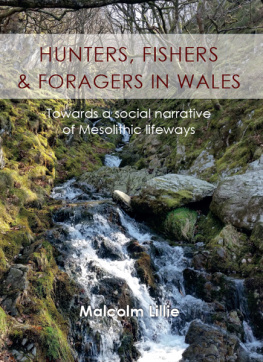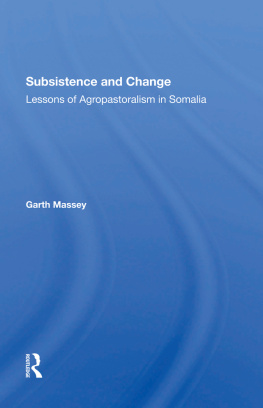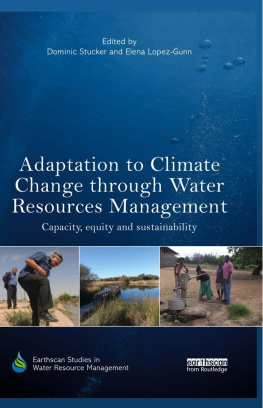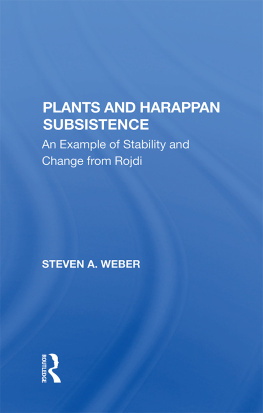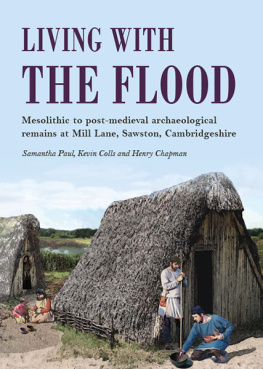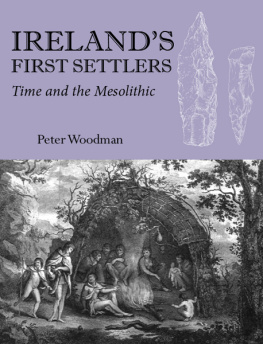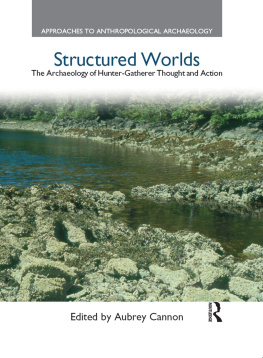This volume is dedicated to my daughter Lian and granddaughters Paige and Mya
Published in the United Kingdom in 2015 by
OXBOW BOOKS
10 Hythe Bridge Street, Oxford OX1 2EW
and in the United States by
OXBOW BOOKS
1950 Lawrence Road, Havertown, PA 19083
Oxbow Books and the author 2015
Paperback Edition: ISBN 978-1-78297-974-6
Digital Edition: ISBN 978-1-78297-975-3
Kindle Edition: ISBN 978-1-78297-976-0
PDF Edition: ISBN 978-1-78297-977-7
A CIP record for this book is available from the British Library
Library of Congress Cataloging-in-Publication Data
Lillie, Malcolm, author.
Hunters, fishers and foragers in Wales : towards a social narrative of Mesolithic lifeways / Malcolm Lillie. -- Paperback edition.
pages cm
Includes bibliographical references and index.
ISBN 978-1-78297-974-6 (pbk.)
1. Mesolithic period--Wales. 2. Wales--Antiquities. I. Title.
GN774.22.G7L55 2015
936.29--dc23
2015030009
All rights reserved. No part of this book may be reproduced or transmitted in any form or by any means, electronic or mechanical including photocopying, recording or by any information storage and retrieval system, without permission from the publisher in writing.
Printed in the United Kingdom by Hobbs the Printers Ltd, Totton, Hampshire
For a complete list of Oxbow titles, please contact:
UNITED KINGDOM
Oxbow Books
Telephone (01865) 241249, Fax (01865) 794449
Email:
www.oxbowbooks.com | UNITED STATES OF AMERICA
Oxbow Books
Telephone (800) 791-9354, Fax (610) 853-9146
Email:
www.casemateacademic.com/oxbow |
Oxbow Books is part of the Casemate Group
Front cover: A small waterfall in the Elan Valley, Powys Malcolm Lillie
CONTENTS
Dylan Thomas: Authors
LIST OF FIGURES
LIST OF TABLES
ACKNOWLEDGEMENTS
This is a book that I had wanted to write since I first got hooked on the Mesolithic period when studying as an undergraduate at Nottingham University in the late 1980s. I was fortunate enough to be taught by the late Roger Jacobi, and it is to him that I offer this first acknowledgement as he was directly responsible for igniting my interest in Mesolithic archaeology. I also have to thank James Kenworthy who not only taught me that prehistoric archaeology was the most interesting subject to study as an undergraduate, but who also helped me considerably by editing my early efforts at essay writing, enthusiastically and with a bright red pen, I quickly began to realise how bad my early attempts at essay writing were! Unfortunately both Roger and James succumbed to cancer in 2009 aged 62 and 2011 aged 61 respectively. Inspirational lecturers who are engaging and enthusiastic about their subject are always sorely missed.
My desire to write this book is also inspired by the fact that I grew up in south Wales, not knowing (or being taught) anything about the diverse and rich cultural heritage that was all around me in Wales, I was actually surprised to discover that I had grown up only a few miles from the Roman fortress at Caerleon; where I began my commercial archaeology career with the Glamorgan and Gwent Archaeological Trust (GGAT). Despite the (apparent) paucity of the Mesolithic record for Wales, I have always felt that the Mesolithic is a period that warrants a considered and integrated approach. Unfortunately, the Mesolithic is not always easily interpreted in a British context, due in no small part to the lack of direct physical evidence for Mesolithic individuals, and a general lack of stratified sites with secure contexts (with one or two notable exceptions).
There have been a number of recent volumes that have considered, in detail, some of the key elements of Mesolithic lifeways in Wales, to a greater or lesser degree, e.g. Prehistoric Wales (Lynch et al. 2000), Prehistoric Coastal Communities: The Mesolithic in Western Britain (Bell 2007a) and Palaeolithic and Mesolithic Settlement in Wales: with Special Reference to Dyfed (David 2007). These volumes cover key aspects of the available evidence, often with exception detail and clarity, and as such, the current volume is aimed at contributing to the available literature through an holistic consideration of the ways in which the evidence for people in the Mesolithic in Europe, in general, can allow for a nuanced consideration of Mesolithic lifeways and the generation of data that moves towards a social narrative for this period in Wales.
It is hoped that the use of primary data sources held at the regional HERs of Dyfed, Clwyd-Powys, Gwynedd and Glamorgan-Gwent enhances the discussion of Wales in the Mesolithic and ensures that the dataset that has been generated provides a robust basis for the analysis undertaken in this volume. The various HER managers and their colleagues are thanked for all of the help and advice that was proffered when I visited. In this context Marion Page (DAT) in particular, along with Nina Steele and Angharad Stockwell at Gwynedd Archaeological Trust, Sophie Watson, Charlotte Baxter, Jeff Spencer and Bob Silvester at Clwyd-Powys Archaeological Trust and Sue Hughes and Neil Maylan (GGAT) are all thanked for their generosity in helping me negotiate the HER databases.
In addition, a number of colleagues have been kind enough to forward me copies of their more recent papers as I trudge through the academic quagmire; I have also been extremely fortunate to be able to call on a number of colleagues and friends for information, help and advice, both in general, and during the production of this book. In no particular order these individuals include Paul Buckland, Chelsea Budd, Christopher Meiklejohn, Inna Potekhina, Paul Bahn, Paul Pettitt, Lars Larsson, Andrew David, Helen Fenwick, Nigel Page, Marion Page, John Grattan, Marek Zvelebil, Christine Rawson, Peter Halkon, Nicky Milner, David Williams, Jenny Moore, Clive Waddington and Mickle Zhilin; apologies to any others I have neglected to mention.
The Cefn Estate is thanked for allowing access to view the Cefn Cave.
John Garner (GEES, University of Hull) produced the North Sea bathymetry maps used in . Whilst the detail of these two chapters is perhaps wide-ranging in setting the scene for the Palaeolithic and Mesolithic periods, I hope the reader appreciates the need for such a level of detail in a volume that endeavours to consider human-landscape interactions across the Pleistocene-Holocene transition.
were provided by Lennart Larsen, Nationalmuseet Arbejdsmark, Denmark. I would like to thank Helga Schtze for sending these, and Lars Larsson for letting me know who to contact regarding access.
After Martin Bell pointed me in the right direction both Victor Ambrus and the Council for British Archaeology were kind enough to give me permission to use the artists . The reader is guided to Victors book Drawing on Archaeology: Bringing History Back to Life (Tempus 2006) for more reconstructions of life in the past. Catrina Appleby and Julia at the CBA are thanked for their quick response to my query about the use of this particular image.
In addition to the above, other direct assistance with this book, in terms of images for use in illustrating important parts of the text, and details in relation to his own work in Wales, was received from Andrew David. Furthermore Helen Fenwick took the database of Mesolithic sites that I created from the available literature and HERs and made it make sense in terms of mapping within the GIS platform. These maps form the basis of the sites distributions in . There are limitations in the dataset, but it is, on the whole, representative of the archive for Wales.
For permission to use the Authors Prologue by Dylan Thomas I would like to thank Marigold Atkey at David Higham Associates (London) and Christopher Wait at New Directions Publishing (New York) for all their help in obtaining copyright access to this work.
Next page
